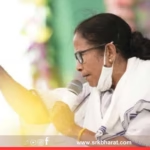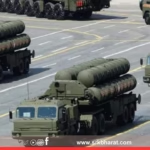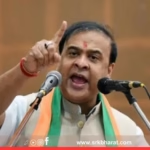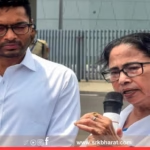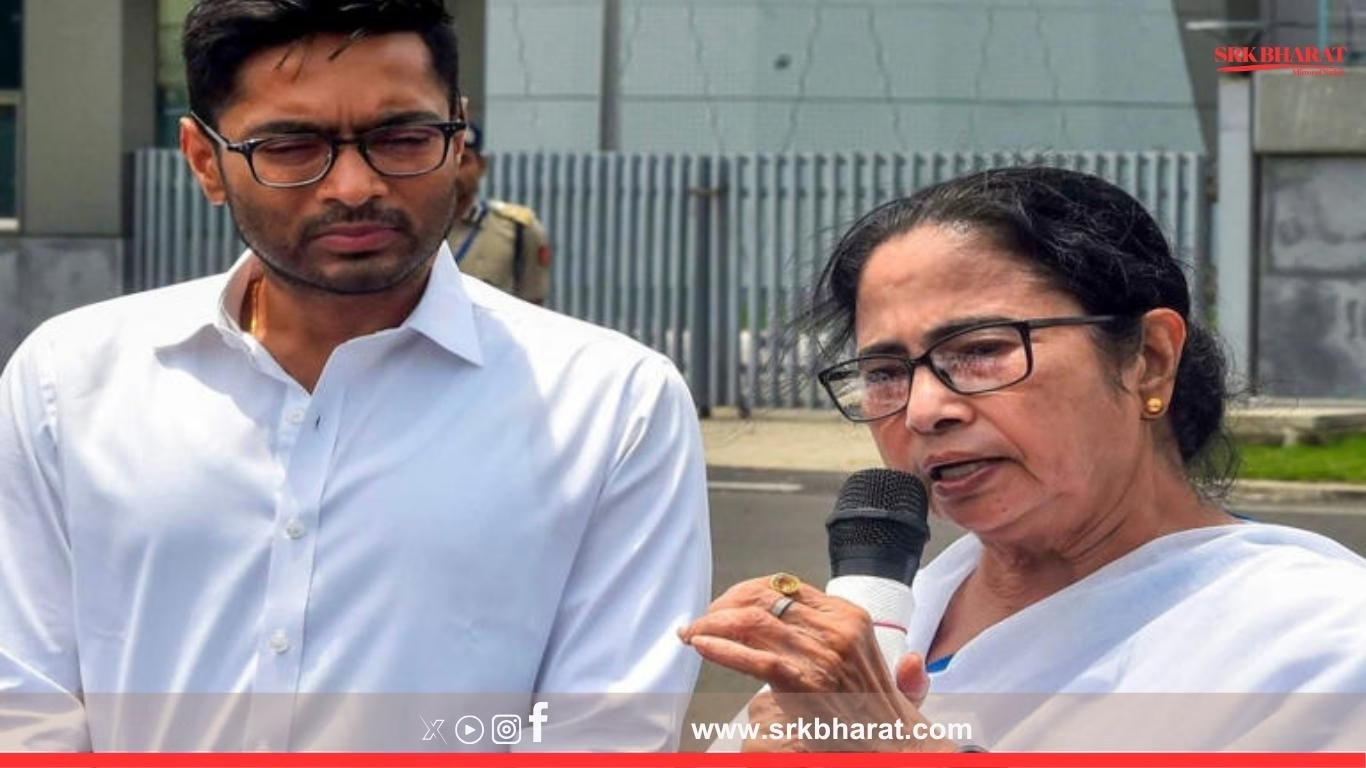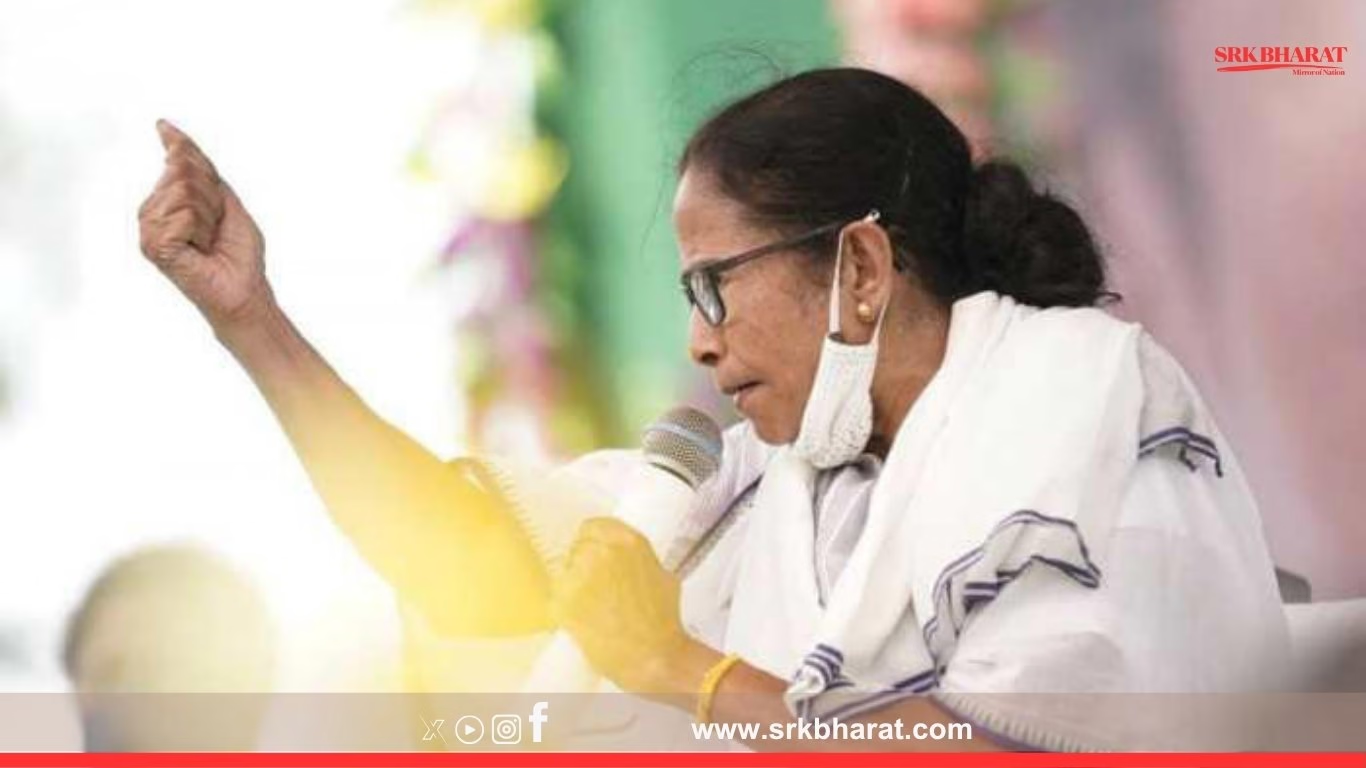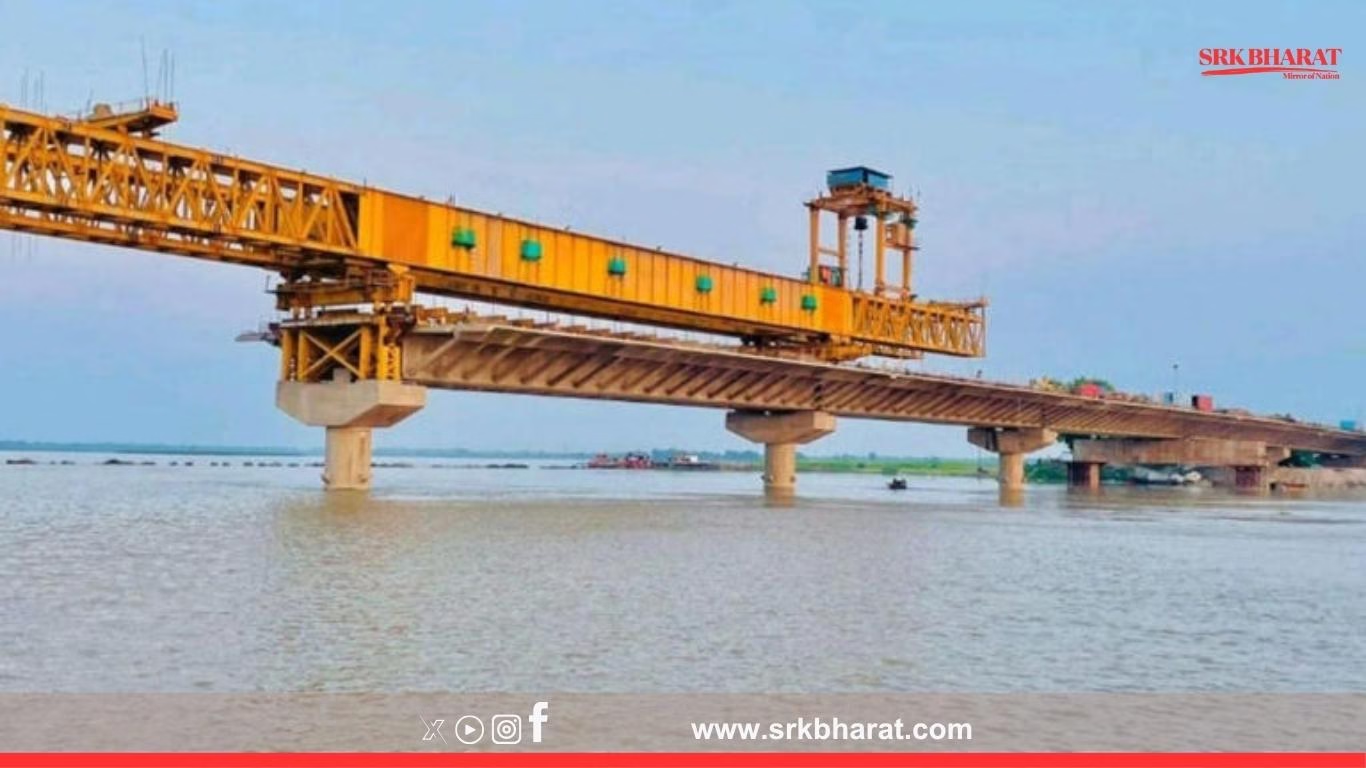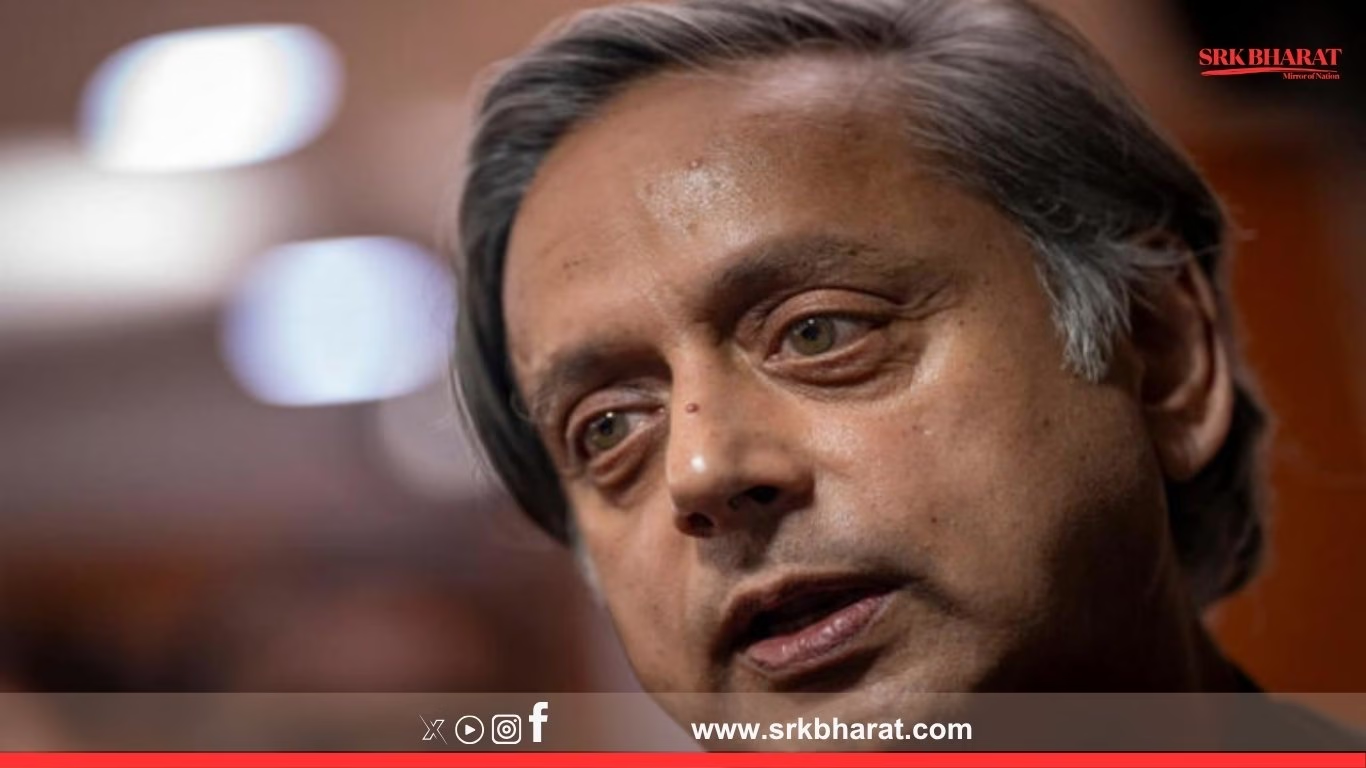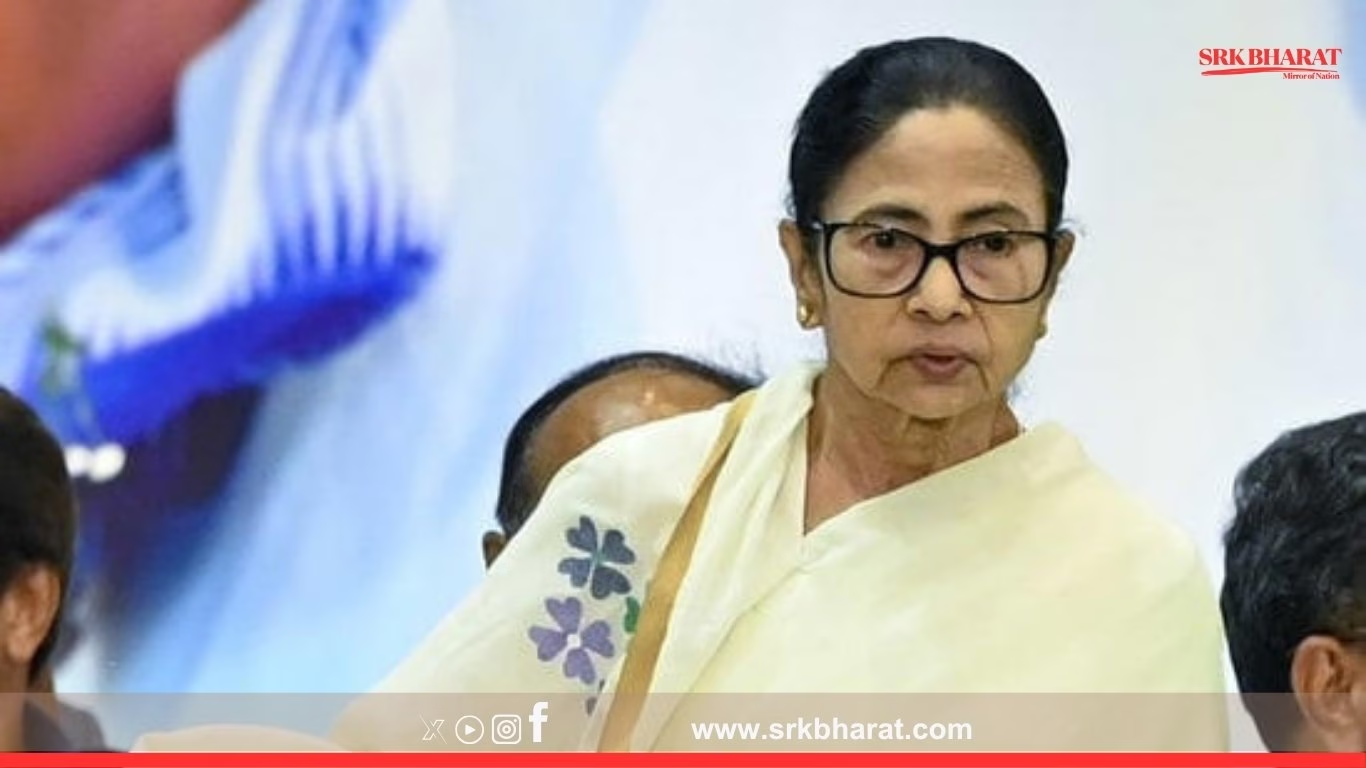In a political maneuver that signals both consolidation and ambition, Trinamool Congress (TMC) has appointed Abhishek Banerjee as the party’s new leader in the Lok Sabha. The decision, announced days after the conclusion of the monsoon session of Parliament, places the 36-year-old Diamond Harbour MP in a pivotal national role, further solidifying his status as the second-most powerful figure in West Bengal’s ruling party.
The move comes at a time when TMC is navigating internal frictions, post-election recalibrations, and an evolving national opposition landscape. With party supremo Mamata Banerjee opting for a more strategic, backseat role in Delhi politics, the elevation of her nephew is being widely interpreted as an effort to centralize control, energize the party’s parliamentary performance, and respond to emerging dissent within the ranks.
TMC’s Strategic Reset in Parliament
Abhishek Banerjee’s promotion is more than just a ceremonial gesture. It is a calculated step to streamline the party’s approach in the Lok Sabha, where it holds 29 seats after the 2024 general elections. Known for his assertive stance and sharp rebuttals, Abhishek has already made a mark as a vocal opposition MP, especially on issues involving federalism, CAA-NRC, and central economic policies.
In his new role, Abhishek is expected to:
- Coordinate parliamentary strategy with party MPs
- Lead floor discussions and opposition debates
- Shape TMC’s legislative agenda in alignment with state priorities
- Serve as a bridge between the Bengal unit and Delhi opposition blocs
- Strengthen the party’s visibility at the national level
Party’s Performance in 2024 Lok Sabha Elections
In the 2024 general elections, TMC marginally improved its national presence but faced tight contests in several constituencies, particularly against BJP and Congress-Left alliances. Here’s a summary of the performance:
| State | TMC Contested | TMC Won | Win % |
|---|---|---|---|
| West Bengal | 42 | 29 | 69.04% |
| Tripura | 2 | 0 | 0% |
| Assam | 3 | 0 | 0% |
| Meghalaya | 1 | 0 | 0% |
Though confined mostly to Bengal, TMC’s vote share remained significant, underscoring its regional dominance but also highlighting the need for better national positioning.
Internal Discord: A Challenge From Within
Abhishek’s appointment also appears to be a direct response to internal tensions within TMC. Sources within the party suggest that senior leaders from both north and south Bengal have voiced concerns over the increasing influence of the younger Banerjee, accusing him of operating through an inner circle of loyalists and sidelining grassroots voices.
Notable issues triggering internal discord include:
- Candidate selection controversies in the 2024 elections
- Limited consultation with district units on party campaigns
- Perceived over-centralization of power in Kolkata headquarters
- Complaints of lack of access to the senior leadership
Reactions From Within the Party
While official statements have hailed the decision as “progressive,” the murmurs of dissatisfaction remain. A senior MP from north Bengal commented anonymously:
“This move was expected. Abhishek has been calling the shots unofficially for a while. Now it’s formal. But how it affects the party’s internal balance remains to be seen.”
On the other hand, TMC spokesperson Kunal Ghosh expressed full support for the decision:
“Abhishek Banerjee represents the new India, the new Bengal. He has proven himself as a fearless and articulate parliamentarian. This is a step in the right direction for the party’s future.”
National Ambitions and Opposition Strategy
The timing of the elevation is also noteworthy. With opposition parties regrouping under the INDIA alliance, and parliamentary battles intensifying over issues such as One Nation, One Election, Governor’s interference, and central-state fund allocations, TMC needed a strong voice in the Lower House.
Abhishek, who has previously spoken at national forums such as the INDIA conclave and press briefings alongside Congress and DMK leaders, will now take on a more visible role in coalition-building, policy rebuttals, and collaborative opposition strategies.
Comparison With Other Party Leaders in Lok Sabha
| Party | Lok Sabha Leader | Age | Position in Party Hierarchy |
|---|---|---|---|
| Congress | Rahul Gandhi | 54 | Principal Leader |
| BJP | Narendra Modi (PM) | 74 | Top Leadership |
| DMK | T.R. Baalu | 82 | Senior Leader |
| Shiv Sena (UBT) | Arvind Sawant | 73 | Senior MP |
| TMC | Abhishek Banerjee | 36 | Second-in-command |
This contrast highlights TMC’s generational shift and bet on youthful leadership, potentially giving the party an edge in reaching younger voters and urban constituencies.
From State to Centre: Abhishek’s Evolving Political Arc
Abhishek Banerjee’s journey from a first-time MP in 2014 to becoming the face of TMC 2.0 has been both fast and controversial. He has headed TMC’s youth wing, spearheaded the “Didi ke Bolo” outreach program, and managed election campaigns across Bengal with organizational rigor.
Despite criticism over alleged nepotism, corruption probes, and CBI-ED investigations, he has maintained political resilience, with Mamata Banerjee standing firmly by his side.
What Lies Ahead?
Abhishek’s real test begins now. With Lok Sabha functioning set to resume after recess, he must:
- Maintain cohesion among TMC MPs
- Manage ideological differences within INDIA bloc
- Aggressively defend Bengal’s interests in debates
- Counter BJP’s allegations and narratives with factual rebuttals
Moreover, his parliamentary conduct will now be under even more intense scrutiny—both from allies and adversaries.
Political Analysts Weigh In
Dr. Sudipta Basu, a political scientist at Presidency University, noted:
“This move has multiple implications. Internally, it is a power consolidation exercise. Externally, it helps TMC stay relevant in the evolving opposition equation. But it also puts Abhishek under high pressure to perform and be accepted by national peers.”
Prof. Anindya Ghosh added:
“The message is clear: Mamata is grooming her successor, and this transition won’t be informal anymore. It’s formalized leadership training on the floor of Parliament.”
Possible Challenges for Abhishek in Delhi
| Challenge | Explanation |
|---|---|
| Coordination with senior MPs | Balancing seniority and hierarchy issues |
| Opposition alliance coherence | Managing ideological frictions within INDIA bloc |
| National media scrutiny | Handling narratives and maintaining consistent messaging |
| Legal entanglements | Navigating ED-CBI probes without political fallout |
| Balancing Kolkata-Delhi role | Managing dual responsibilities of state and national politics |
Conclusion
The elevation of Abhishek Banerjee as TMC’s Lok Sabha leader marks a turning point for the party, symbolizing a generational shift, an effort at internal reorganization, and a renewed focus on national ambitions. Whether this bold move consolidates the party or amplifies its internal strains will depend on how Abhishek navigates the corridors of Parliament in the coming sessions.
One thing is certain—TMC has thrown its weight behind a younger face at a crucial political juncture, signaling that its future may be shaped not just in Kolkata, but increasingly, in Delhi.
Disclaimer:
This article is intended for informational and journalistic purposes only. It is based on publicly available information, party statements, and political analysis. Readers are advised to form independent opinions or seek expert advice before drawing conclusions on political developments.


